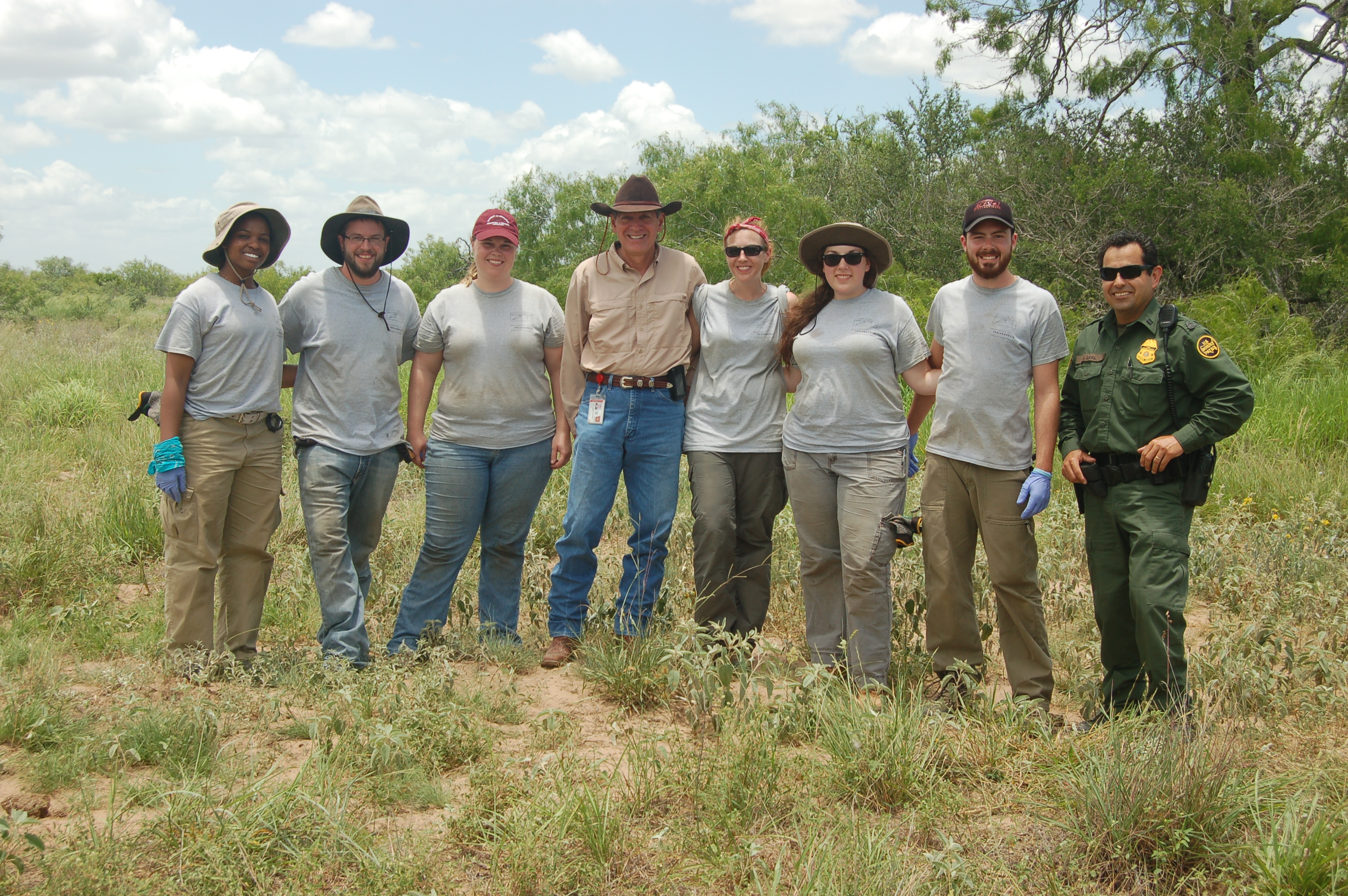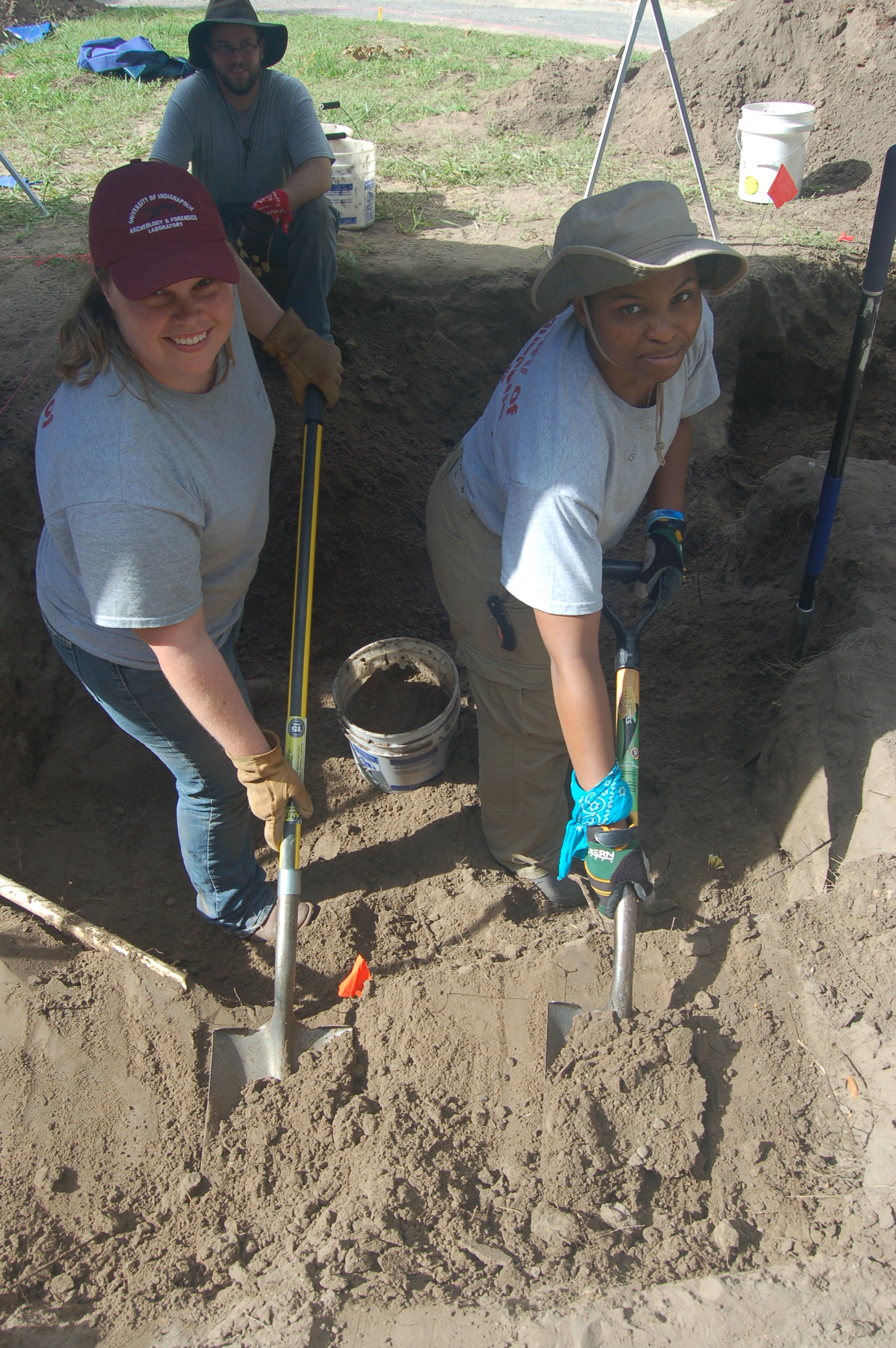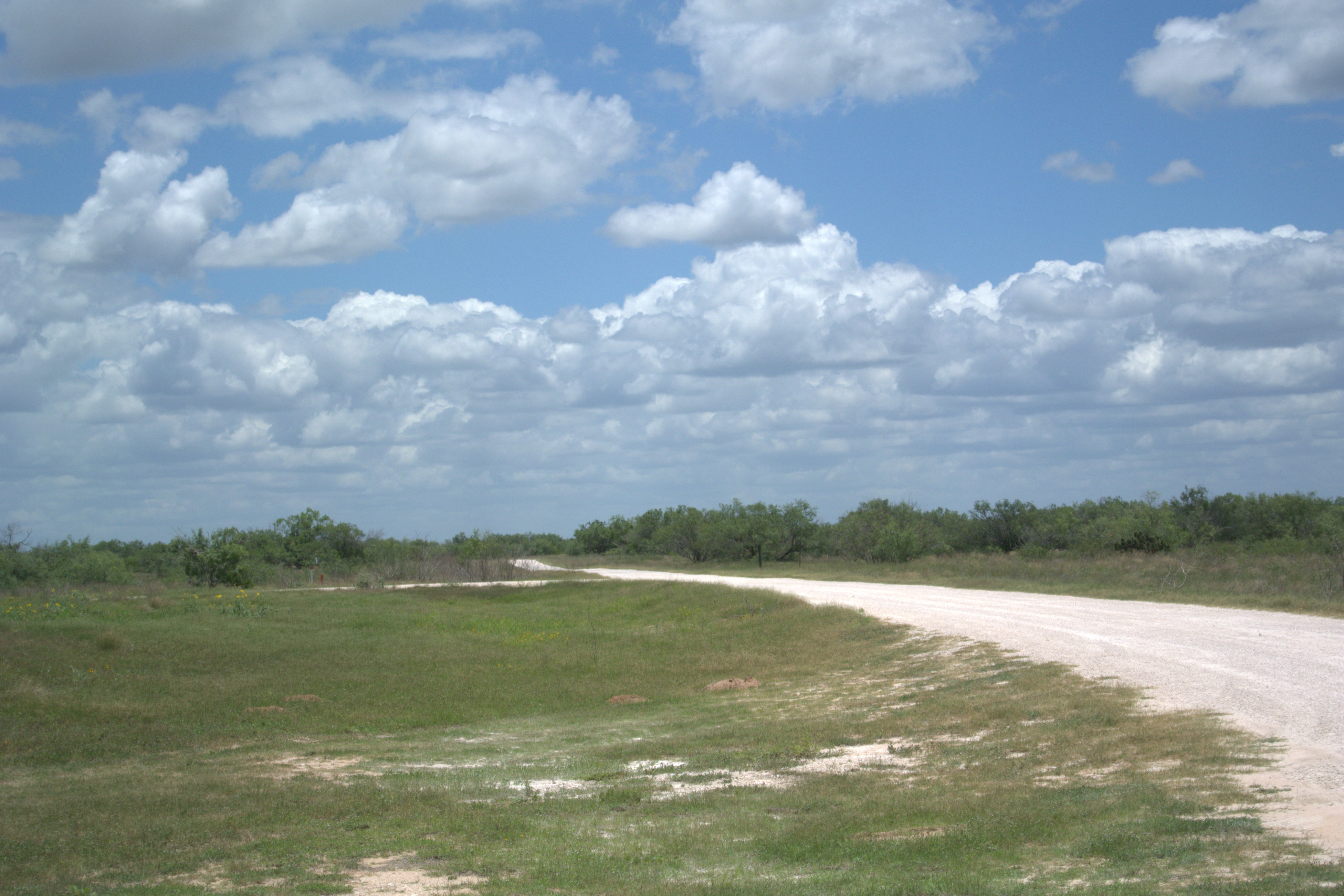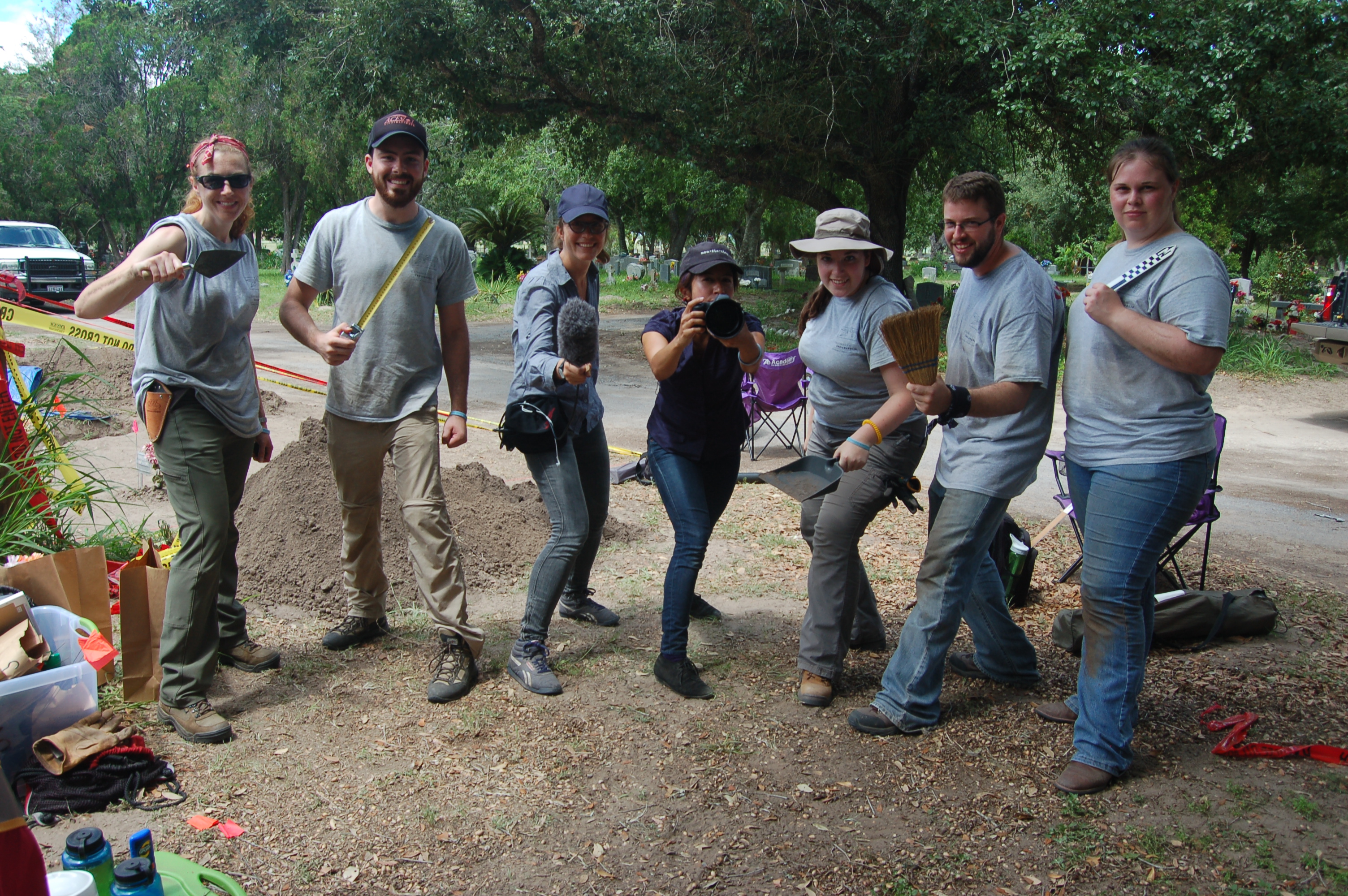There is something gratifying about a hard day’s work to which coming home dirty, sweaty, and exhausted are all obvious signs. Our field work in Falfurrias always results in us being coated in sand and mud, drenched in sweat, and shambling back to our hotel beds physically drained for a few hours sleep (and I mean the word “few” quite literally). The typical day has me rising by 5 AM to do field work until about 1pm. That is usually followed by a myriad of small tasks including paperwork, debriefing meetings, and the occasional blog post, which consumes the remainder of my evening until about midnight when I collapse from exhaustion.
What I just described is a typical day. Today was NOT a typical day. The beginning of the day started as usual until we received a call from the local police chief around noon. The chief, Benny Martinez, informed us that a body had been found on a local ranch and asked us to assist in the recovery. So the entire UIndy crew, Dr. Baker and I piled into Chief’s truck and drove several miles to the gate of the ranch. The rancher, border patrol, and a representative from the local funeral home met us at the gate and escorted us across a web of ever-winding and ever-narrowing dirt roads to what I assumed was our site. It was not. Our site was still several hundred yards away through thorns and sand.
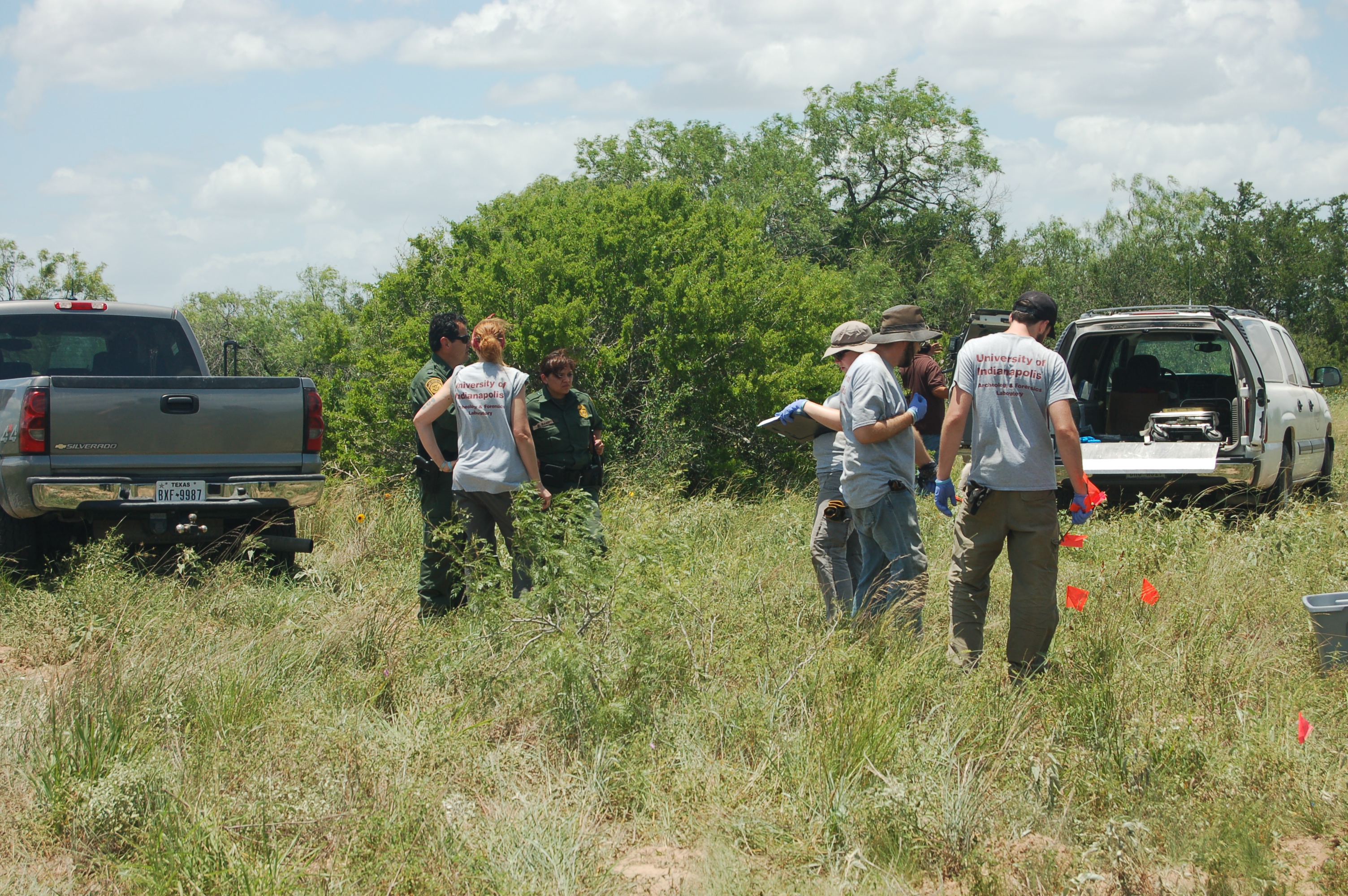 The rest of the recovery was gruesome, so I’ll spare you the details. What is important to know is that this person perished in pursuit of a better life. As the “Recovery Expert” for our team, I have been on many forensic recoveries, and as a recovery this one was not particularly different. What stuck with me this time were the stories along the way.
The rest of the recovery was gruesome, so I’ll spare you the details. What is important to know is that this person perished in pursuit of a better life. As the “Recovery Expert” for our team, I have been on many forensic recoveries, and as a recovery this one was not particularly different. What stuck with me this time were the stories along the way.
The chief and the deputy sheriff have been on five recoveries in six days, and they only expect them to happen more frequently as the temperatures increase (as a reference it has averaged between 90-100 degrees Fahrenheit). Often times they are attempting to respond to distress calls but due to extreme weather, distance, and lack of man power end up requiring the assistance of the funeral home. They told us how the coyotes leading the border crossers (often women and children) would pace them at a mile every fifteen minutes through this baking heat, and if the crossers could not keep up they would be left behind. The officials we talked to all echoed similar stories of kidnappings, extortions, and rapes at the hands of the coyotes. While these accounts are incredibly disturbing and hard to stomach, they represent the harsh reality facing those attempting to cross the border and must be addressed.
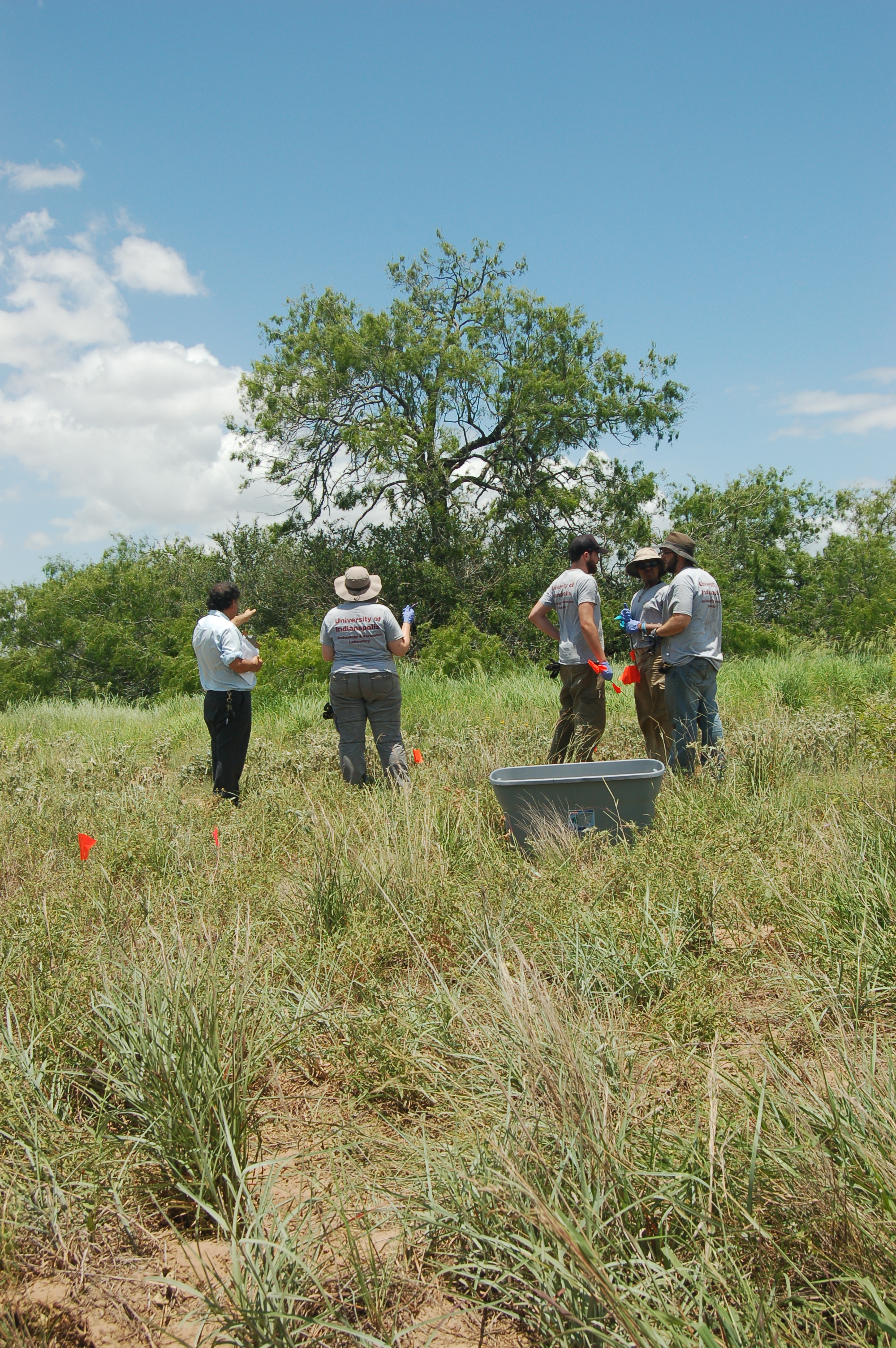 People often tell us how important our work is, but sometimes it is hard for me to see. The work we do is completely reactive, in that by the time we are involved someone has already died. To quote another forensic anthropologist, “We stand on the shoulders of giants.” What we do is but a small piece of a very large puzzle. We do not stand alone, nor could we. We could not function without the great people of Falfurrias like Chief Benny Martinez, Deputy Sheriff Leonel Munoz, and the countless others who serve this wonderful county.
People often tell us how important our work is, but sometimes it is hard for me to see. The work we do is completely reactive, in that by the time we are involved someone has already died. To quote another forensic anthropologist, “We stand on the shoulders of giants.” What we do is but a small piece of a very large puzzle. We do not stand alone, nor could we. We could not function without the great people of Falfurrias like Chief Benny Martinez, Deputy Sheriff Leonel Munoz, and the countless others who serve this wonderful county.
